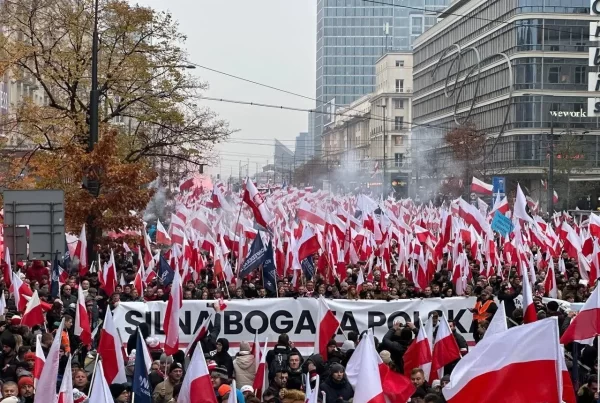If there is one battle that showcases the war of attrition in Ukraine like a panopticon, it is the battle (of attrition) for Bakhmut. Since August 2022, the battle for the city in Donbas has been raging. Its dimensions are awe-inspiring: up to 80,000 men are on the Ukrainian side in this battle (which not only encompasses the city itself), which is equivalent to the entire British army, while on the Russian side there are at least 60,000 men.
In the biggest battle of the twenty-first century so far, dubbed by some observers as the ‘Stalingrad of the twenty-first century’, every reinforced concrete block, every house, and every floor is fiercely fought for. The fog of war covers the losses on both sides, but given the massive use of artillery, in which Russia is superior, guided air bombs and tanks, the casualties on both sides will be at least several thousand men. Bakhmut, seen in footage, resembles a ruin field and is eerily reminiscent of images from the First and Second World Wars, except that drones and precision strikes are also used here.
While Western media long talked about a strategically insignificant city, this can no longer be said since the months-long battle: while Yevgeny Prigozhin, the head of the Wagner Private Military Company (PMC), is demanding more artillery ammunition in grandiose words, the Ukrainian leadership is sending brigade after brigade, including recently formed units, into the ‘meat grinder’ of Bakhmut.
Ukrainian President Zelensky recently referred to the city as a ‘fortress’ that blocks the way to important cities in western Donbas. In fact, Bakhmut is a strategically important point where the roads to Siversk and Konstantynivka intersect. Not least, the city, along with Avdiivka, which is also being fought for, is one of the most heavily fortified points on the Ukrainian defense line. Since the capture of Soledar in January of this year, the battle has gained momentum, particularly with the massive use of the Wagner troops, who are specialized in urban warfare. Still, the presence of the Russian army has now been considerably reinforced.
As of early May, the Ukrainian army only controls the far west of the city, while the east and the city centre are under Russian control. However, especially in the context of the often-announced Ukrainian spring offensive, many observers of the battle suspect that relief of Bakhmut, rather than Kherson or Melitopol, could be the focus of the offensive.
Addendum: After previously expressing his anger in public for not receiving enough ammunition from Russia’s Ministry of Defence, Yevgeny Prigozhin has now confirmed that Wagner PMC will receive the necessary ammunition. He said, ‘The bottom line is the following — they promise to give us as much ammunition and weapons as we need to continue further actions; they swear to us that everything will be put up on the flank so that the enemy does not cut us off. We are told that we can act in Artemovsk [Russian name for Bakhmut] as we see fit, and they give us Surovikin as a person who will make all decisions in the framework of the military operations of the Wagner PMC in cooperation with the Ministry of Defence.’





